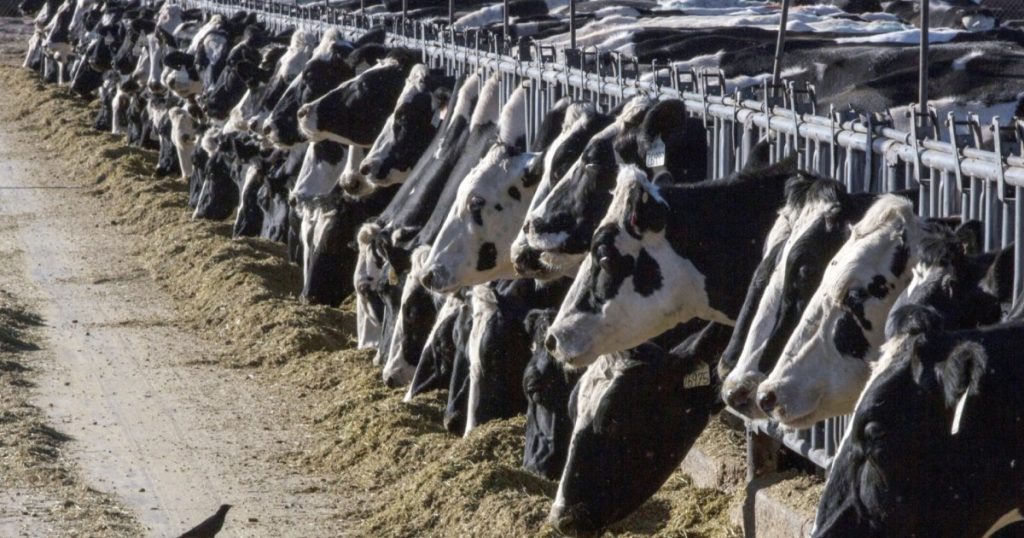The content discusses the impact of climate change on polar bears and their habitat in the Arctic. The Arctic region is experiencing unprecedented levels of warming, leading to a reduction in sea ice cover and altering the natural environment of polar bears. This reduction in sea ice affects the ability of polar bears to hunt for food, as they rely on sea ice to access seals, their primary food source. Without sufficient sea ice, polar bears are forced to travel longer distances in search of food, leading to increased energy expenditure and decreased reproductive success.
As a result of the changing climate, polar bears are facing a range of challenges that threaten their survival. The loss of sea ice not only impacts their ability to hunt for food but also increases their exposure to other threats such as human activities, pollution, and disease. Additionally, the changing climate has led to more frequent and severe weather events, further impacting the ability of polar bears to successfully hunt and reproduce. These challenges are compounded by the fact that polar bears have a slow reproductive rate, making it difficult for populations to recover from declines.
Conservation efforts are being implemented to protect polar bears and their habitat in the face of climate change. These efforts include measures to reduce human impacts on polar bear populations, such as limiting industrial activities in critical habitats and implementing regulations to minimize pollution. Additionally, research is being conducted to better understand the effects of climate change on polar bears and to develop strategies for conservation and management. These efforts aim to protect polar bears and ensure their long-term survival in a changing climate.
One of the key strategies for conserving polar bears is to protect and restore their sea ice habitat. This includes efforts to reduce greenhouse gas emissions and slow the rate of climate change in order to preserve the Arctic environment. Additionally, conservationists are working to identify and protect important feeding and denning areas for polar bears, as well as establishing protected areas where human activities are restricted to minimize disturbances to polar bear populations. By safeguarding their habitat, conservationists hope to mitigate the impacts of climate change on polar bears and help ensure their continued survival.
Despite conservation efforts, the future of polar bears remains uncertain in the face of ongoing climate change. The rapid rate of warming in the Arctic poses a significant challenge to polar bear populations, as they struggle to adapt to changing environmental conditions. Conservationists are working to develop innovative strategies to protect polar bears and their habitat, but the ultimate success of these efforts will depend on global action to address the root causes of climate change. By working together to reduce greenhouse gas emissions and protect the Arctic environment, we can help ensure a future for polar bears and other species that depend on the region’s unique ecosystem.


